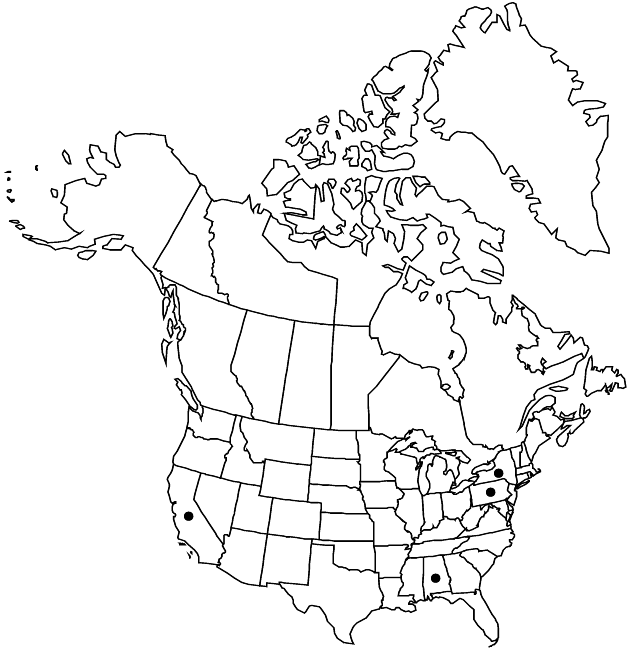Scolymus hispanicus
Sp. Pl. 2: 813. 1753.
Common names: Golden thistle Spanish salsify or oyster
WeedyIntroducedIllustrated
Treatment appears in FNA Volume 19. Treatment on page 220.
Biennials or perennials. Stem wings not continuous, margins spinose, little, if at all, white or thickened. Leaf blades 40–200 × 15–70 mm, margins little, if at all white or thickened. Involucres 15–20 × 8–10 mm, larger in fruit. Phyllaries lanceolate, glabrous. Cypsela/palea units ± orbiculate to ovate, 3–5 mm; pappi of 2–4 setiform-aristate scales plus 0–4 muticous to lanceolate scales. 2n = 20.
Phenology: Flowering Jul.
Habitat: Disturbed sites
Elevation: 0–100 m
Distribution

Introduced; Ala., Calif., N.Y., Pa., Europe.
Discussion
In the Mediterranean region, Scolymus hispanicus is used (or has been used) as a medicinal herb and root vegetable. It is considered to be a noxious weed in the United States.
Selected References
None.
Lower Taxa
None.
